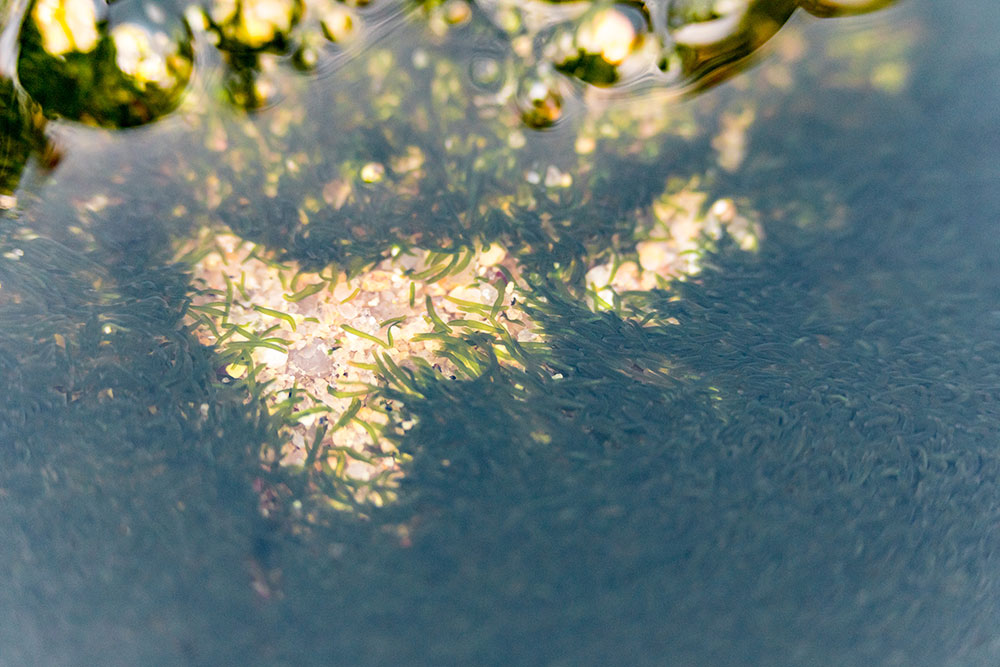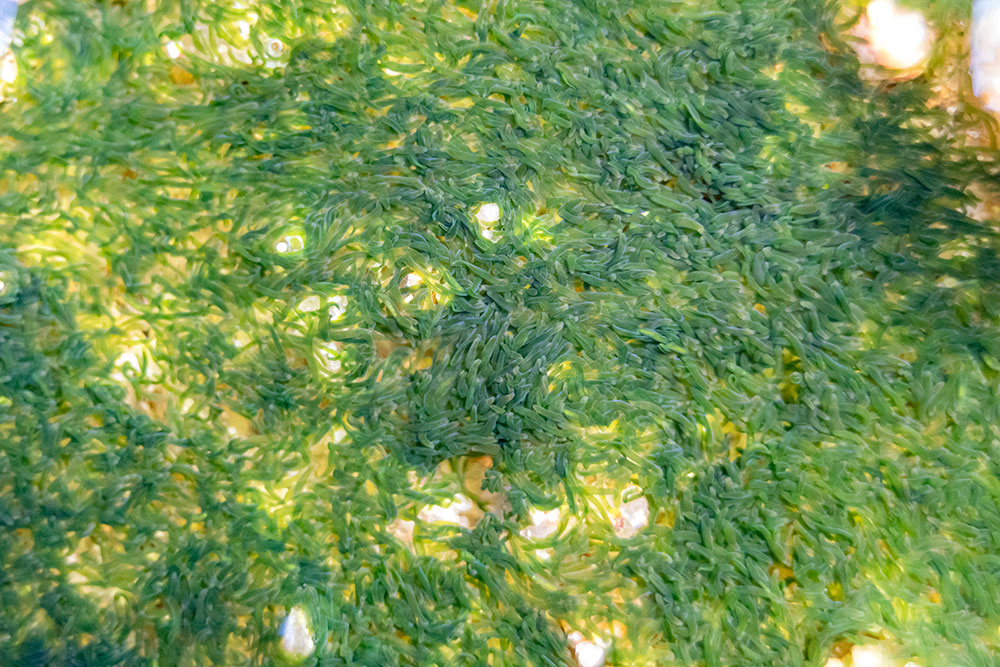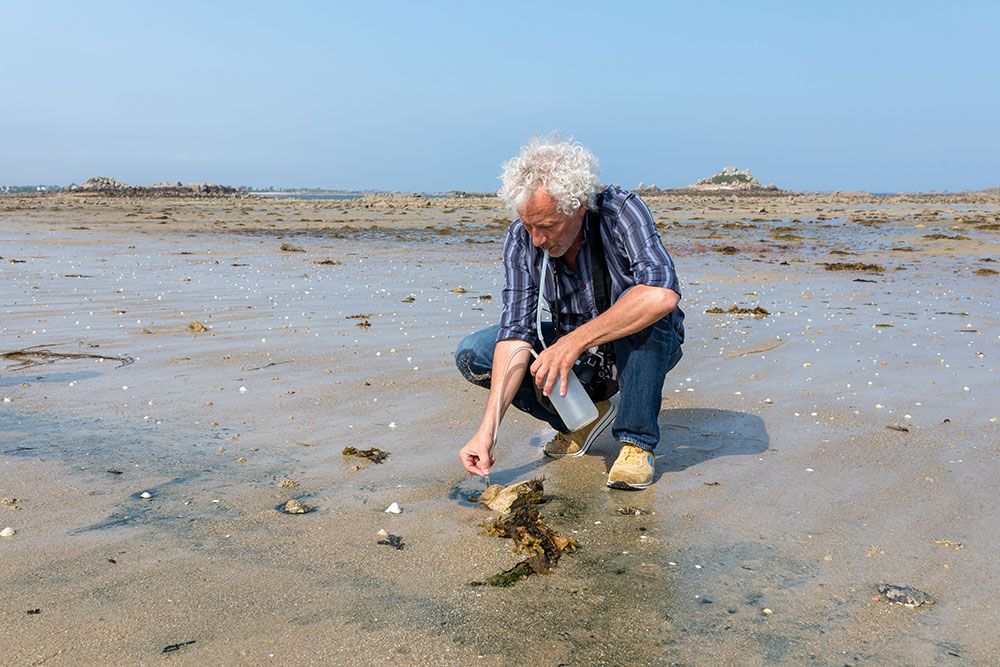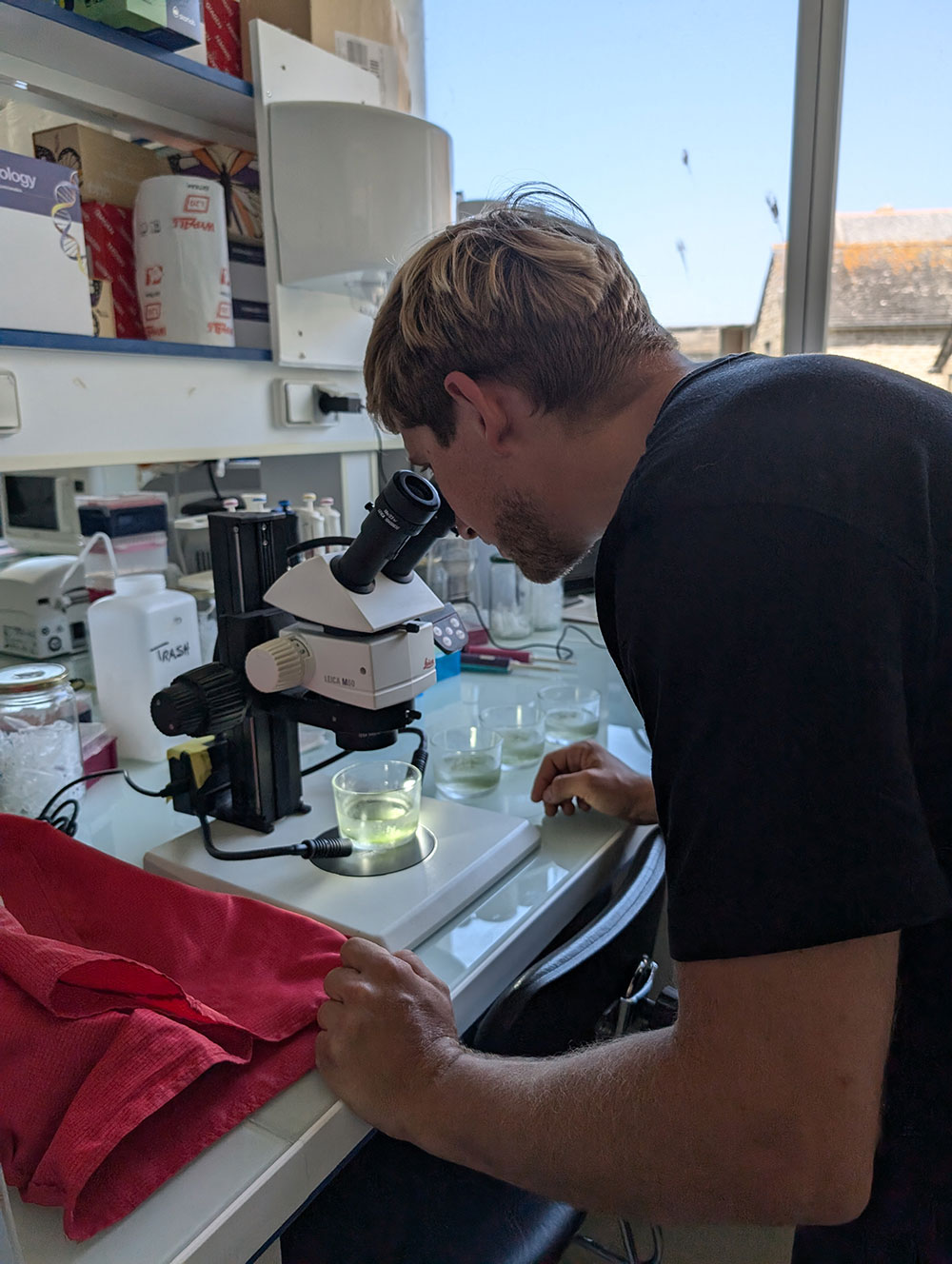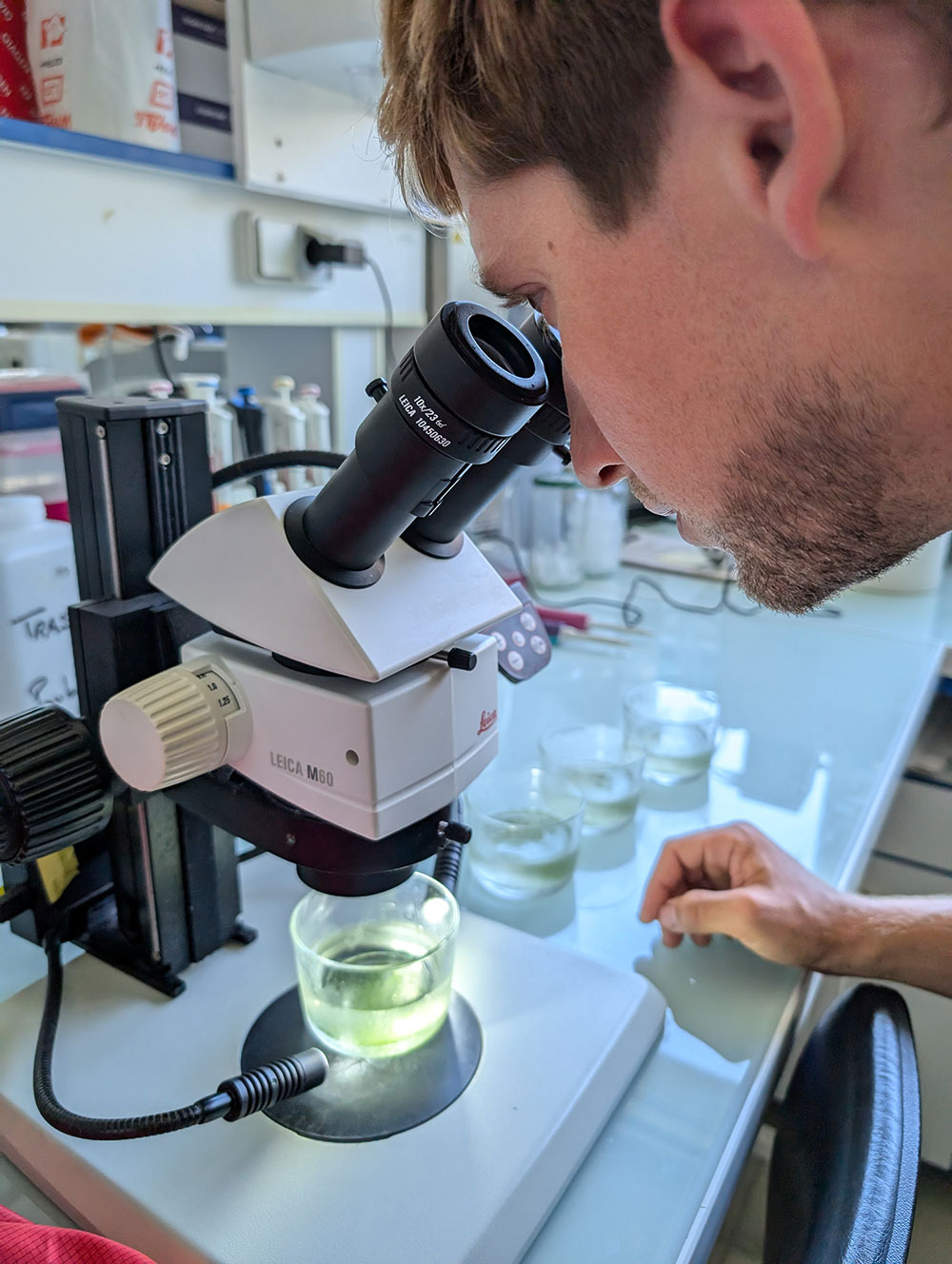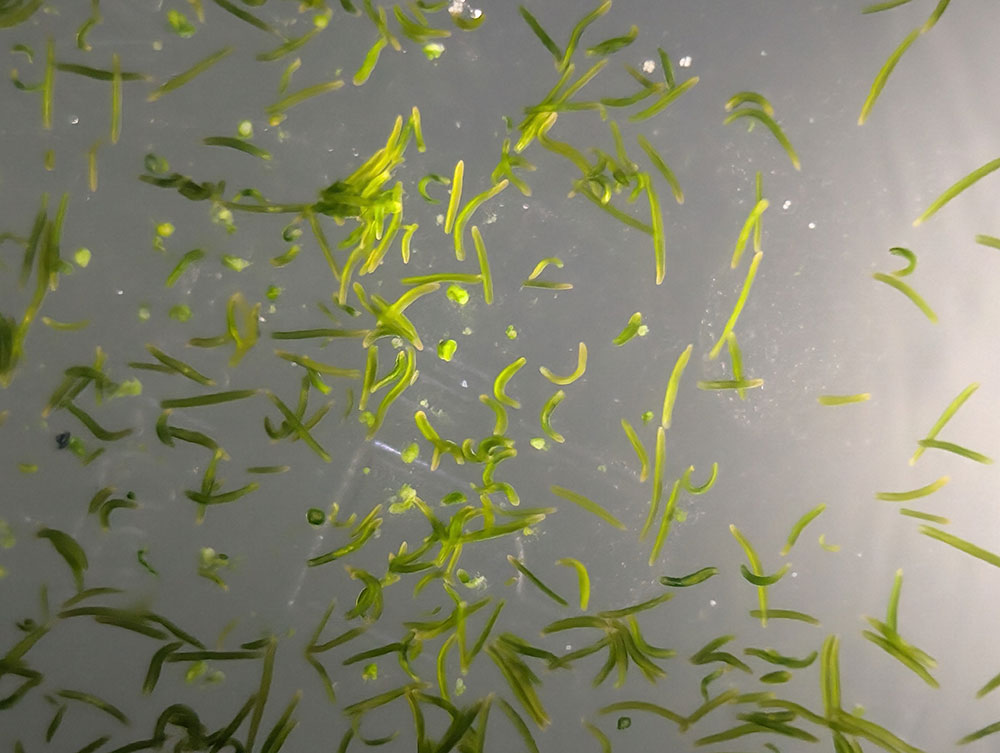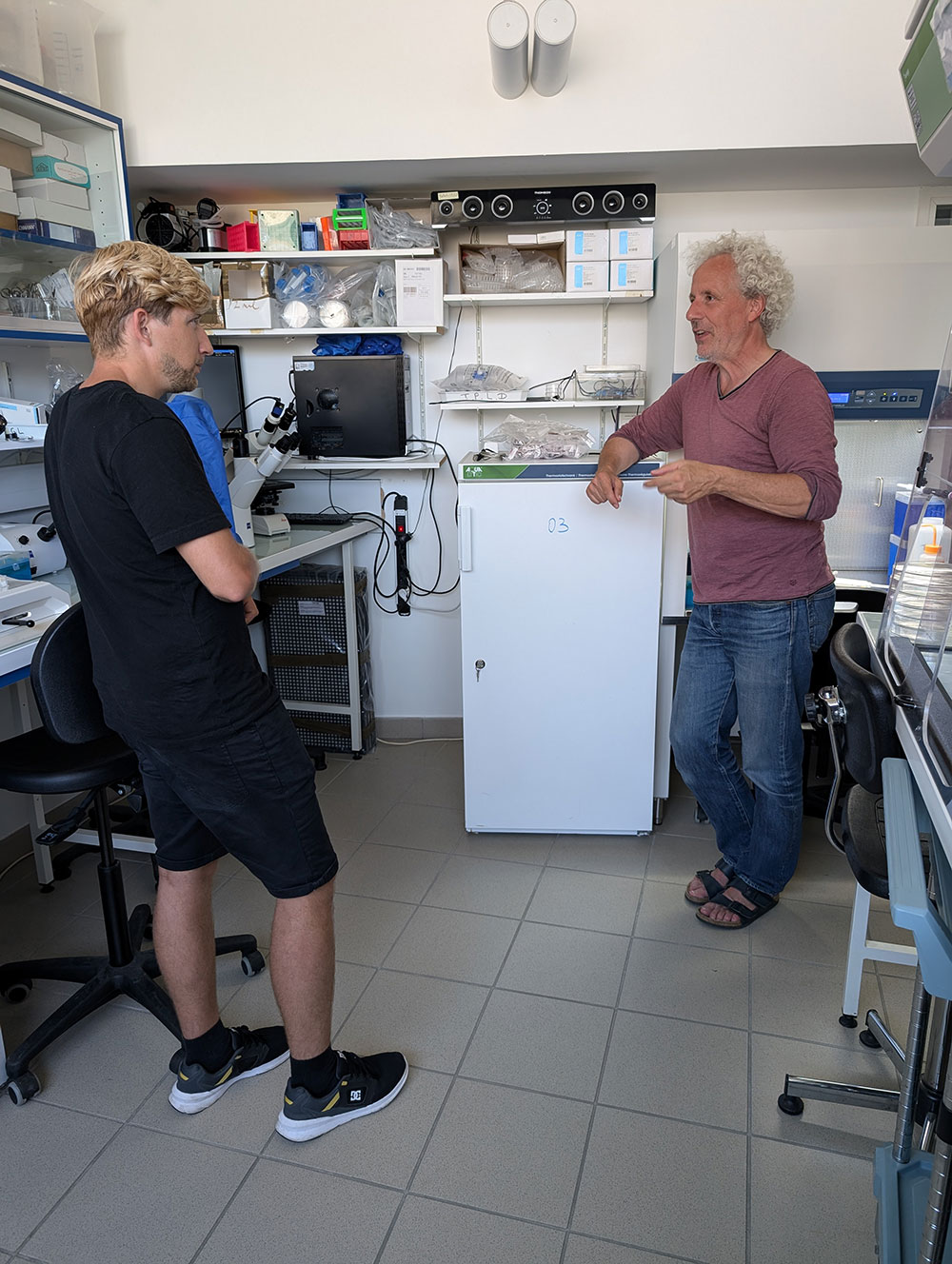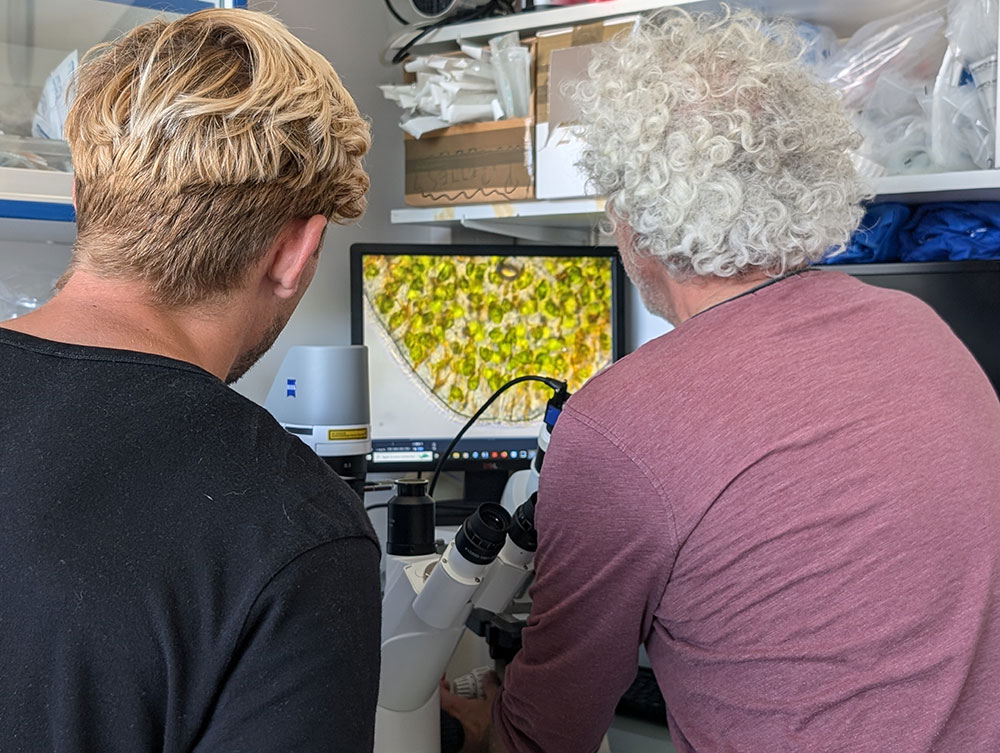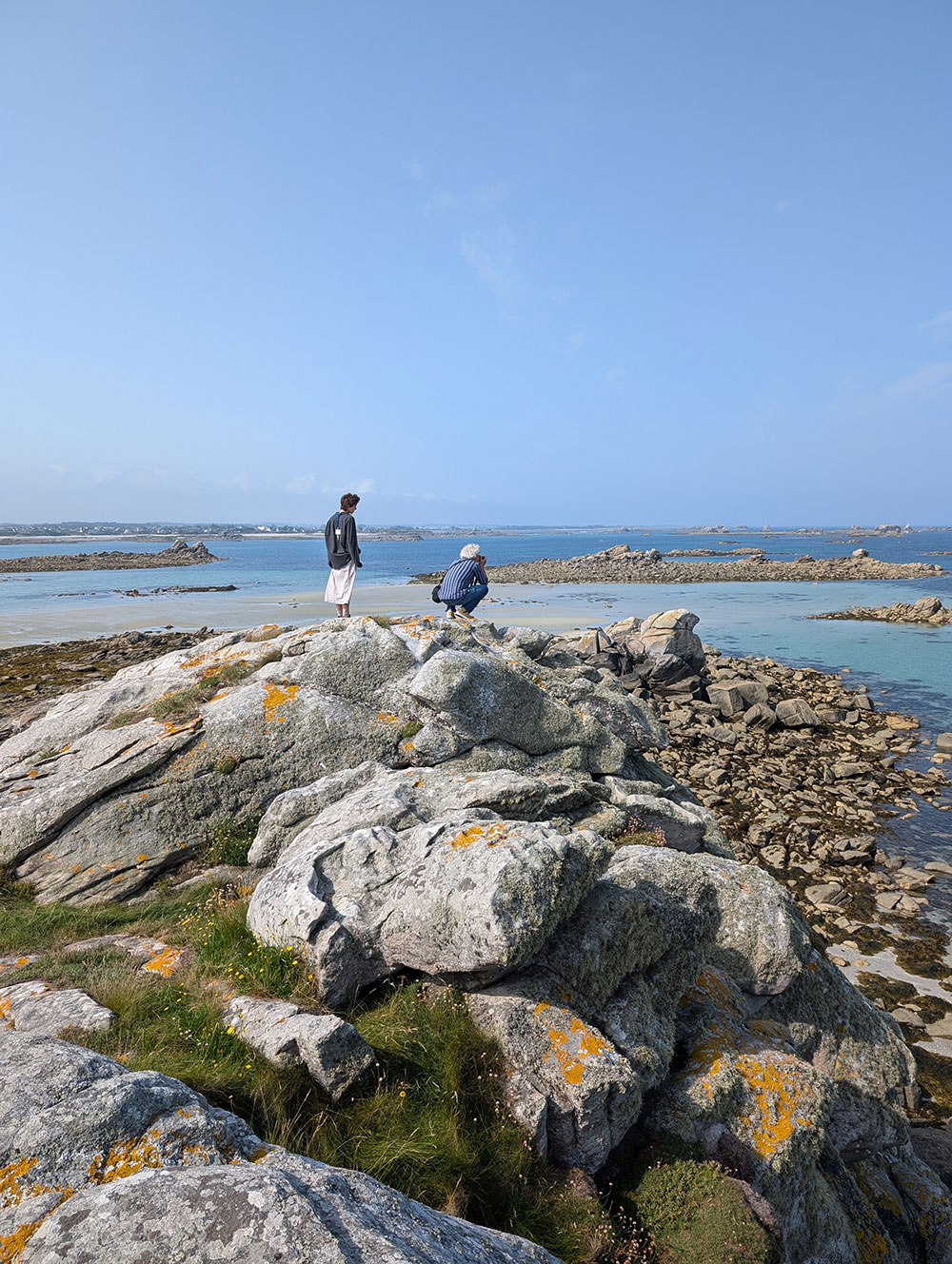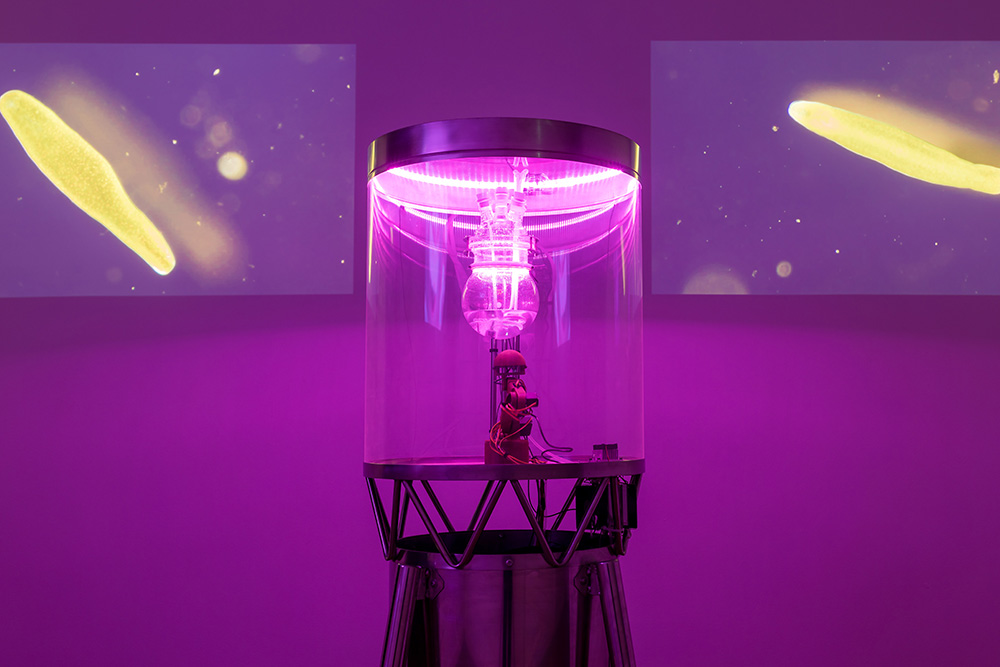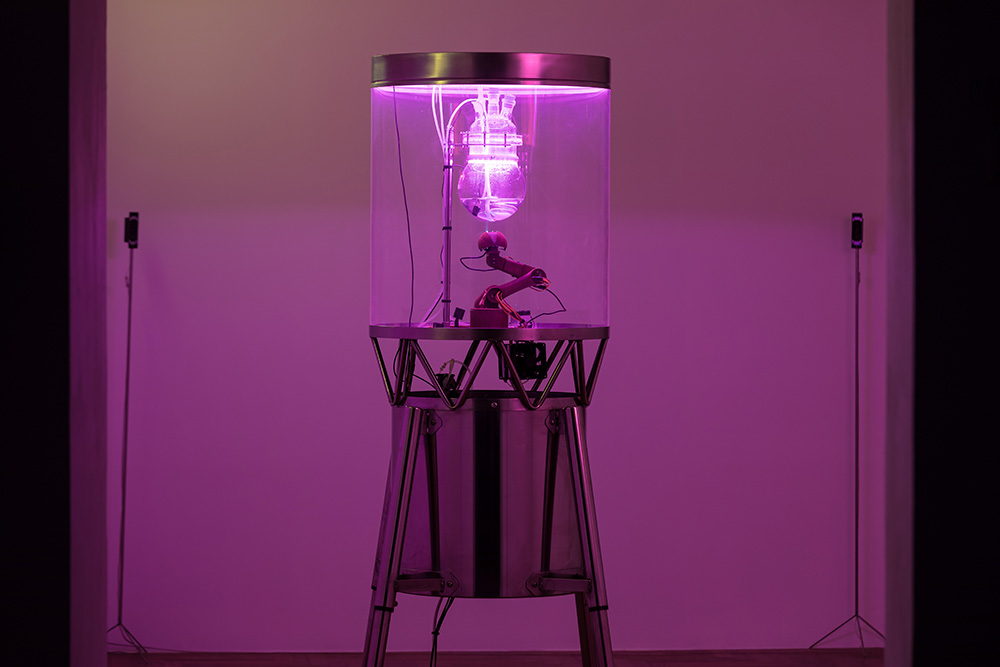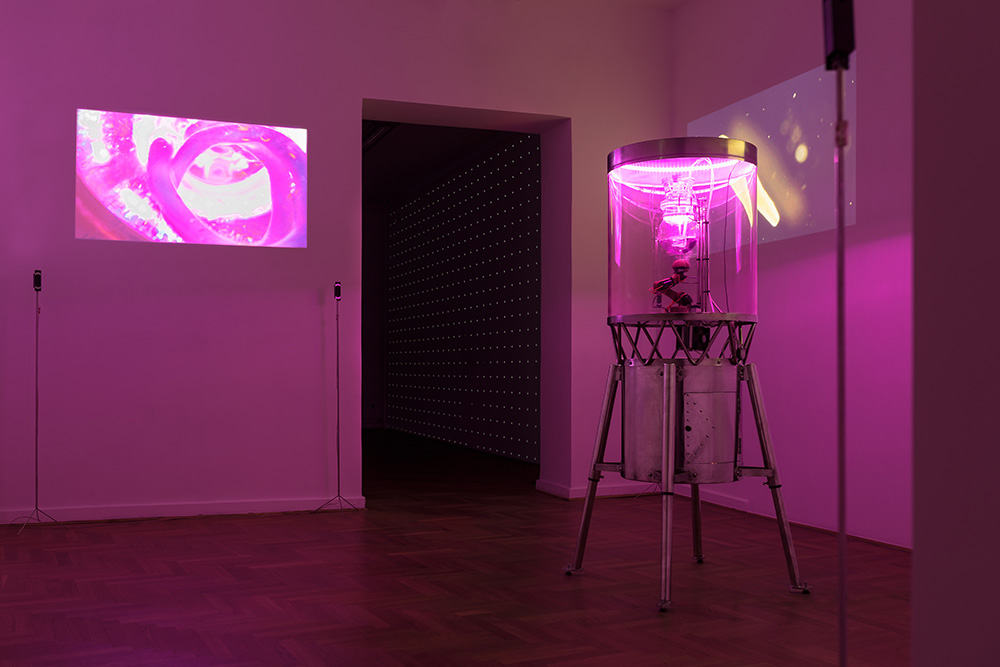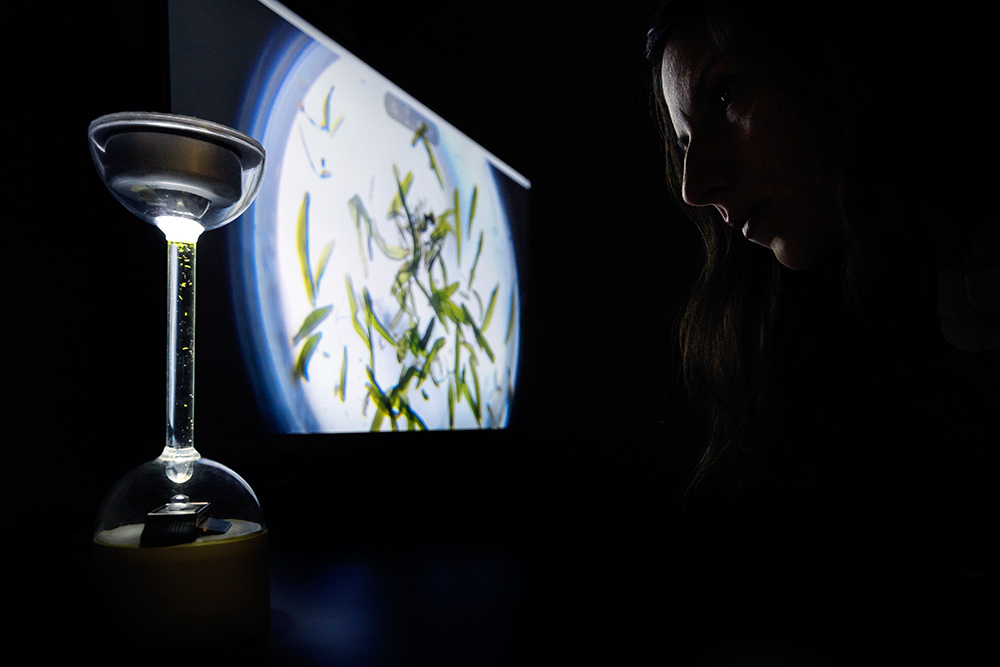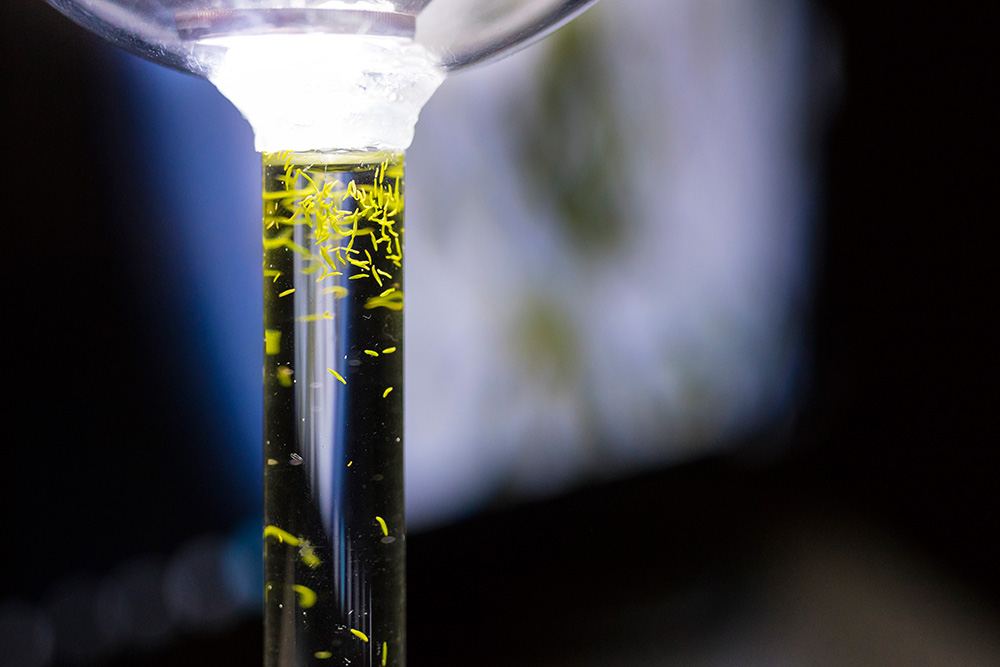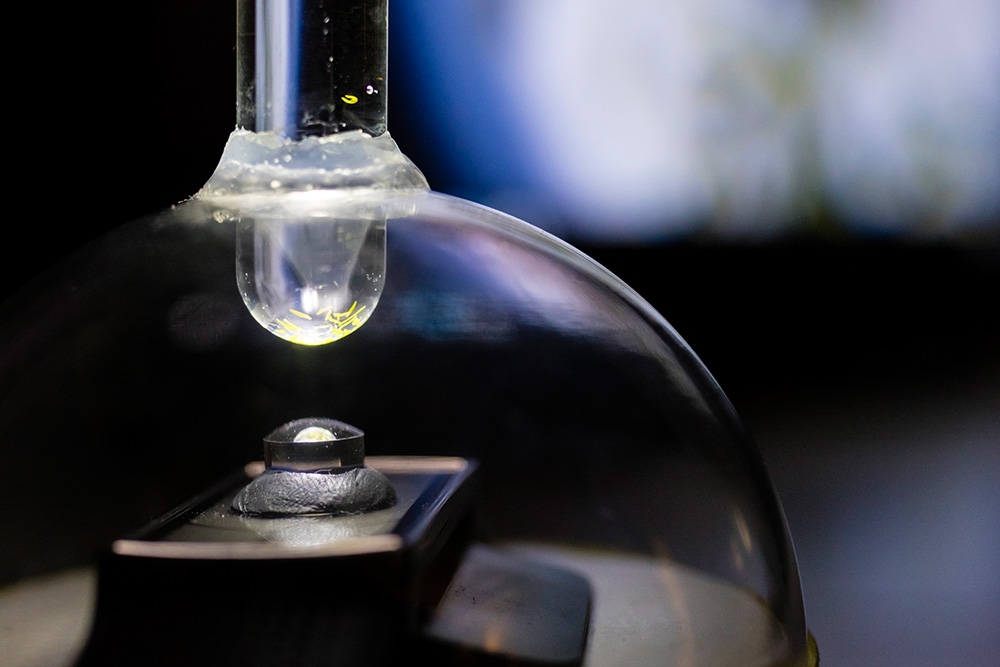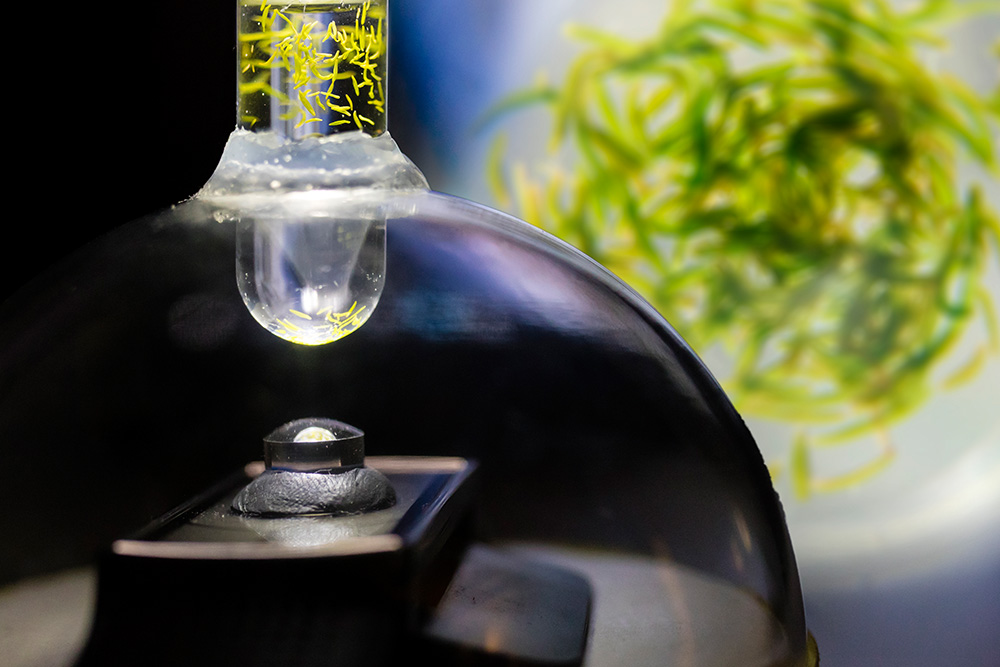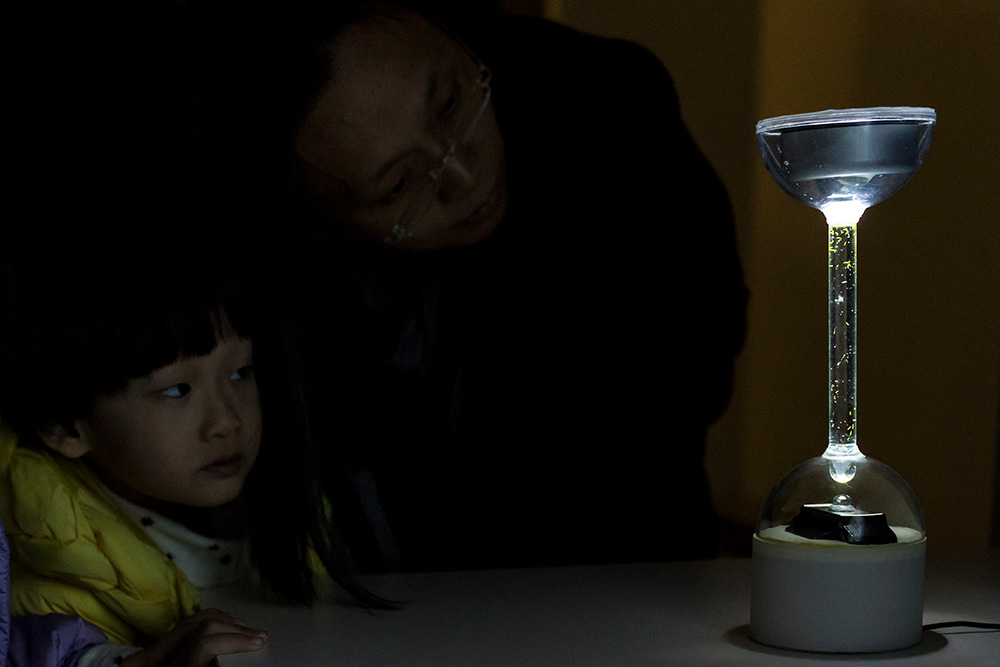Miha Godec
 Miha Godec is a versatile artist with a background in natural sciences, photography, and new media. He completed his Master’s degree in New Media and Contemporary Arts at the University of Nova Gorica and furthered his studies at ESAD College of Art and Design in Portugal. Since 2017, he has focused on intermedia and new media art, with over 15 projects exhibited internationally. Godec’s work often investigates the impact of human activity on aquatic ecosystems and uses new technologies to explore natural processes.
Miha Godec is a versatile artist with a background in natural sciences, photography, and new media. He completed his Master’s degree in New Media and Contemporary Arts at the University of Nova Gorica and furthered his studies at ESAD College of Art and Design in Portugal. Since 2017, he has focused on intermedia and new media art, with over 15 projects exhibited internationally. Godec’s work often investigates the impact of human activity on aquatic ecosystems and uses new technologies to explore natural processes.
Godec has received numerous awards and nominations, including an honorary mention at the Prix Ars Electronica 2023 and an award at Roboexotica 2021. He also teaches photography and virtual reality, leads workshops, and collaborates with various cultural organizations in Slovenia.
For more information about Miha Godec and his work, visit his web portfolio.
Miha Godec at Roscosmoe.org Residency (2024)
Godec’s residency at Roscosmoe.org was organized by Ewen Chardonnet and the Marine Biology Lab under the supervision of Dr. Xavier Bailly. This residency is part of an ongoing collaboration that began in 2017 (see below) when Godec first worked with Symsagittifera roscoffensis, introduced to him by Prof. Robertina Šebjanič. During his residency, Godec continued developing the “Roscoffensis I/O” project (see below), which combines photosymbiosis and artificial intelligence to care for S. roscoffensis worms. This bioart installation highlights the symbiotic relationship between the worms and algae, exploring the delicate balances in nature. The project was previously exhibited at the City Gallery of Ljubljana (MSUM) in 2023, featuring an eight-channel sound composition. In 2024, Godec is focusing on refining the incubator for the worms, incorporating AI to track and display empathetic responses to the organisms. This work aims to enhance the upcoming public presentation in November and solidify protocols for future exhibitions. Godec’s role as an artist and mediator between the Marine Biology Station and Slovenia’s IMT and NIB institutions may also lead to his involvement in scientific publications, which are currently confidential.
Roscoffensis I/O (2023, ongoing)
Bio-art and new media installation, dimensions variable
Technology and material: sensors, microcontrollers, glass, metal;
bio consulting: Dr. Xavier Bailly Ph.D, Ewen Chardronnet;
technical support: David Drolc, David Kolšek, Vika Novak;
production: Artevida Zavod, co-production: City Art Gallery Ljubljana (MGML);
special thanks: Ana Lokovšek, Nib , Roman B., Michael Candy, Matej Hocevar, The Institute of Metals and Technology (IMT), Dmitry Morozov, Tilen Sepič, Simon Turenšek and Marine Biology Station Piran
Photo: Miha Godec
Roscoffensis I/O is a bio-art installation involving living organisms. The project looks in detail at the complex relationship and symbiosis between plants and animals, focusing in particular on the unique organisms with the Latin name Symsagittifera roscoffensis, which are small green flat worms about 5 millimetres long. They are basically animal organisms (worms), but in their initial developmental stage, they develop a symbiosis with the alga Tetraselmis convolutae, which they assimilate into their epidermis, thus becoming a plant-animal organism.
This is a model for understanding the wider biological interactions and delicate balances that exist in nature. An organism that is self-sufficient can carry out photosynthesis with the algae and thus thrive in a closed biosphere, generating excess oxygen and opening up possibilities for space exploration. Our planet is a vast, complex and dynamic ecosystem, constantly changing due to a variety of internal and external factors. But there are similarities between a closed biosphere and the planet: as in a closed biosphere, all living and non-living elements on Earth are interconnected and interact with each other. Godec wants this project to remind the viewer that nothing in the universe is completely independent and that each entity is part of a wider web of constant interconnectedness.
Seeing the Unseen, Roscoff project (2016 – 2017)
It’s surely our responsibility to do everything within our power to create a planet that provides a home not just for us, but for all life on Earth.
Sir David Attenborough
Roscoff project; seeing the unseen, is a bio-art installation which uses simple tools, cheap lens from a laser light and a smartphone camera, to get a better view, understanding and awareness of an unknown but a very special delicate sea worm, who is coexisting with an algae. This fascinating little creature is actually an plantanimal. In juvenile stage worms eat the algae and creates a simbiosis. It can also regenerate its head and have a primitive eyes. Roscoff worm can teach us a lot about climate change and also about self sustainability and coexistence with nature and its importance. The project developed from a BIOBOX workshop (Roscoff worm educational kit – initiation into marine biology), mentored by Robertina Sebjanic. The art installation is setup in a way that the viewer walks in front of the projector thus projecting its own shadow on the worm’s projection and in a way blends himself with the installation. The project tries to encourage the viewer to view things from a new or different perspective in order to broaden our horizons.
Roscoffs worms like many marine animals are not well prepared for the climatic changes to come in the Anthropocene era. The acidification of our oceans because of CO2 absorption is a major concern since its effects are still not fully understood. This plant-animal is doomed to be extinct in the near future. Scientists use Roscoff worms in laboratories to understand climate change and the delicate process of symbiosis. And so they try to predict the future of our coral reefs. Roscoff worms and Corals expulses its algae partner due to the stress caused by changes in temperature and acidity of the water which result is the death of the host. Symsagittifera roscoffensis, formerly called Convoluta Roscoffensis, is a free-living acoelomorph worm which is special because of its symbiosis with algae which happens in juvenile stage.
S. roscoffensis is a small, about 15 mm long, flatworm. It assimilates the algae, Tetraselmis convolutae into its parenchymal cells, giving it a green colour. For this reason, its common name in the Channel Islands is the “Mint sauce worm”. In its adult stage, the worm lives off the excesses of its symbiotic algae, although the mouth is still present it doesn’t serve its function anymore. The worm provides shelter and some nutritional benefits in return. The worm can be found in shallow water on sheltered sand beaches along most of the Atlantic Coast (including the coasts of Wales, Brittany, the north of Spain and Portugal). If the right conditions are met they can live up to 6 months in laboratories.
They also have sensory structures such as a pair of pigment cup eyes and a statocyste are connected to the worm’s primitive nerve system and facilitate 3-dimensional and light-dark orientation. They also have regeneration abilities. Roscoff worms can regenerate its head which is interesting for scientists to study and understand. The question then arises, is it still the same worm after its head is regrown?
Mentors: Robertina Šebjanič and Rene Rusjan
Produced: project is part of the masters program of School of Arts – University of Nova Gorica
Special thanks to Asja Trost for helping in the early phase of the project and dr. Xavier Bailly from Roscoff Biological Station, France for BIOBOX / Roscoff worm, an Educational kit designed by the Roscoff Biological Station, France.




